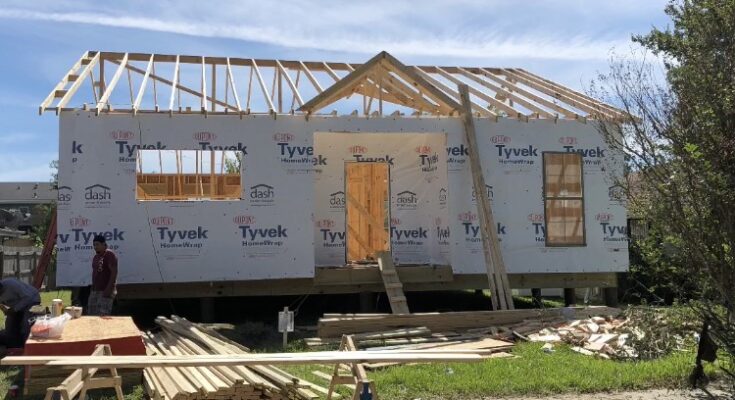Earlier this year, lumber prices reached a record high before tumbling. When that happened, many people assumed that home prices would start to come down. They didn’t.
While lumber prices may not be quite as inflated as they were earlier in 2021, builders are facing some of the highest costs in history. The Producer Price Index from the Bureau of Labor Statistics reported a 0.2% increase in the cost of residential construction materials in July — but that follows an increase of 3% in June. And building material prices are up a whopping 19.4% over a year ago. Here’s how that impacts buyers and owners.
1. New construction will remain expensive
Earlier this year, the average new-construction home cost about $36,000 more than usual due to higher lumber costs. Now builders are grappling with other price increases that they’ll seek to pass on to buyers.
The result? Expect to pay a lot more for new construction, or even take on a much higher mortgage than you bargained for.
In fact, it’s more important than ever to run the numbers before buying new construction. In addition to a higher initial purchase price, you may also pay a lot more to make upgrades during the building process. Some upgrades may be difficult to make once you’ve moved in, so you may feel compelled to finish them while your home is being constructed. Don’t be shocked if you’re charged an arm and a leg.
2. New improvements will cost more
Thinking of a home addition? What about finishing your basement, remodeling your kitchen, or installing a fence or a deck? These projects and many others could cost a lot more than usual now that building materials are pricier than they’ve been in a long time.
f you’re set on renovating in the near term, you may not be able to pay outright in light of higher prices — you may need to finance your home improvements. Do some research to find the most affordable financing options. You may decide that borrowing against your home via a home equity loan or line of credit (HELOC) is your best bet. Or you may opt to take out a renovation loan to avoid tapping your home equity.
When will building material prices come down?
A big reason building materials cost more these days is that several supply chains were disrupted during the pandemic. Those supply chains now need to catch up with demand. Once that happens, the cost of new construction and renovations could start to decline, making both more affordable for new buyers and current homeowners. But until that happens, prepare to pay up if you purchase a newly built home or make significant improvements to the home you already own. (Motley Fool)









